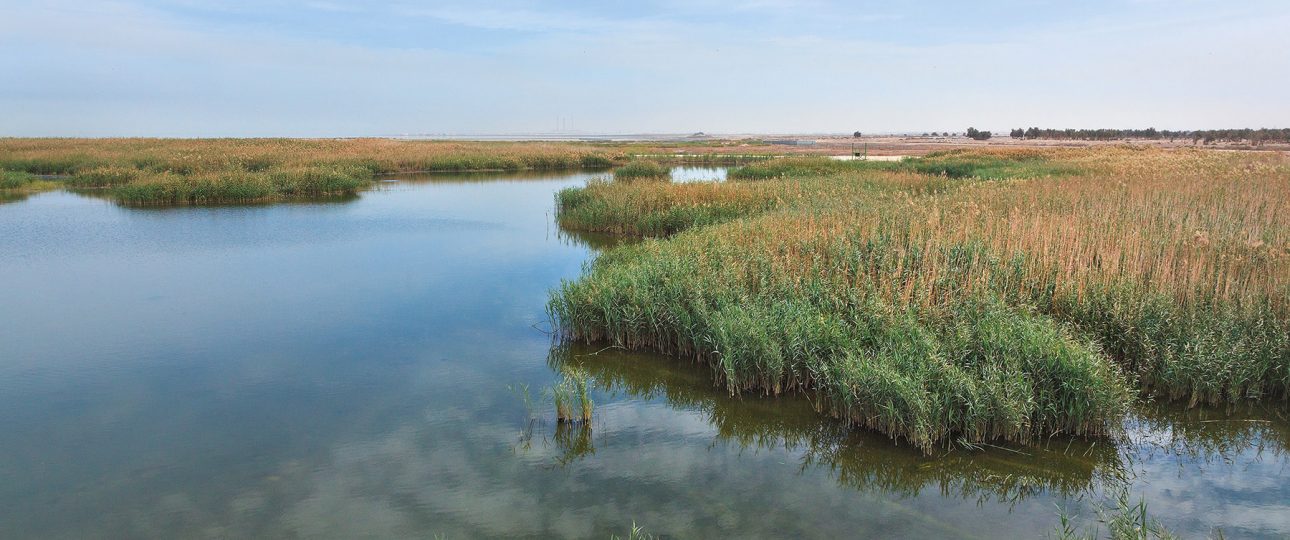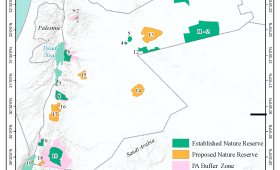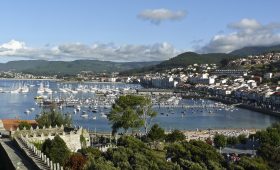Al Jahra Pool Reserve: A Unique Wetland in Kuwait
Al Jahra Pool Reserve, located just north of Jahra town and accessible via Route 80, is a fascinating destination for nature enthusiasts. Managed by the Environment Public Authority (EPA), this fenced reserve is a significant non-marine wetland in Kuwait, offering a unique blend of man-made and natural elements.
Understanding the Reserve
The reserve spans approximately 0.7 square kilometers, with plans to expand it to 20 square kilometers. It consists of shallow pools surrounded by reed beds, salt marshes, and sandy sabkha flats. These pools are fed by effluent from Jahra, including treated sewage water, making it a man-made wetland. Despite its artificial origins, the site is crucial for biodiversity conservation and education in Kuwait.
Flora and Fauna
Al Jahra Pool Reserve is home to a variety of plant species, including scattered halophytes and tamarisk thickets. The site is particularly renowned for its birdlife, with over 220 species recorded. It serves as an important refuge for migratory birds and is a key location for birdwatching. Notable species include the Basra Reed Warbler, Clamorous Reed Warbler, and Moustached Warbler. The reserve also attracts raptors, with significant migration numbers observed during spring and autumn.
Exploring the Reserve
- Birdwatching: The reserve is a hotspot for birdwatchers, with lookout towers providing excellent views of the surrounding landscape. Species such as the Eurasian Coot, Purple Swamphen, and Red-wattled Lapwing can often be seen.
- Educational Opportunities: The reserve holds potential as a field study center for educational purposes, offering insights into wetland wildlife management and conservation.
- Challenges: Despite its protected status, the reserve faces challenges such as unauthorized access and development pressures on surrounding lands. Conservation efforts are crucial to maintaining its ecological value.
Visiting Tips
Access to Al Jahra Pool Reserve is by permit only, with guards posted at the entrance. The best time to visit is during the cooler months from November to March, when temperatures are more comfortable, and bird activity is at its peak. Be sure to check local weather conditions and secure the necessary permits in advance.
Getting There
The reserve is approximately 40 kilometers northwest of Kuwait City. Visitors can reach the site by taxi or rental car, with designated parking areas available. The journey takes about 45 minutes, depending on traffic.
Al Jahra Pool Reserve offers a unique glimpse into Kuwait’s wetland ecosystems, providing valuable opportunities for birdwatching and ecological study. While it presents some challenges, its importance for biodiversity makes it a noteworthy destination for those interested in nature and conservation.




